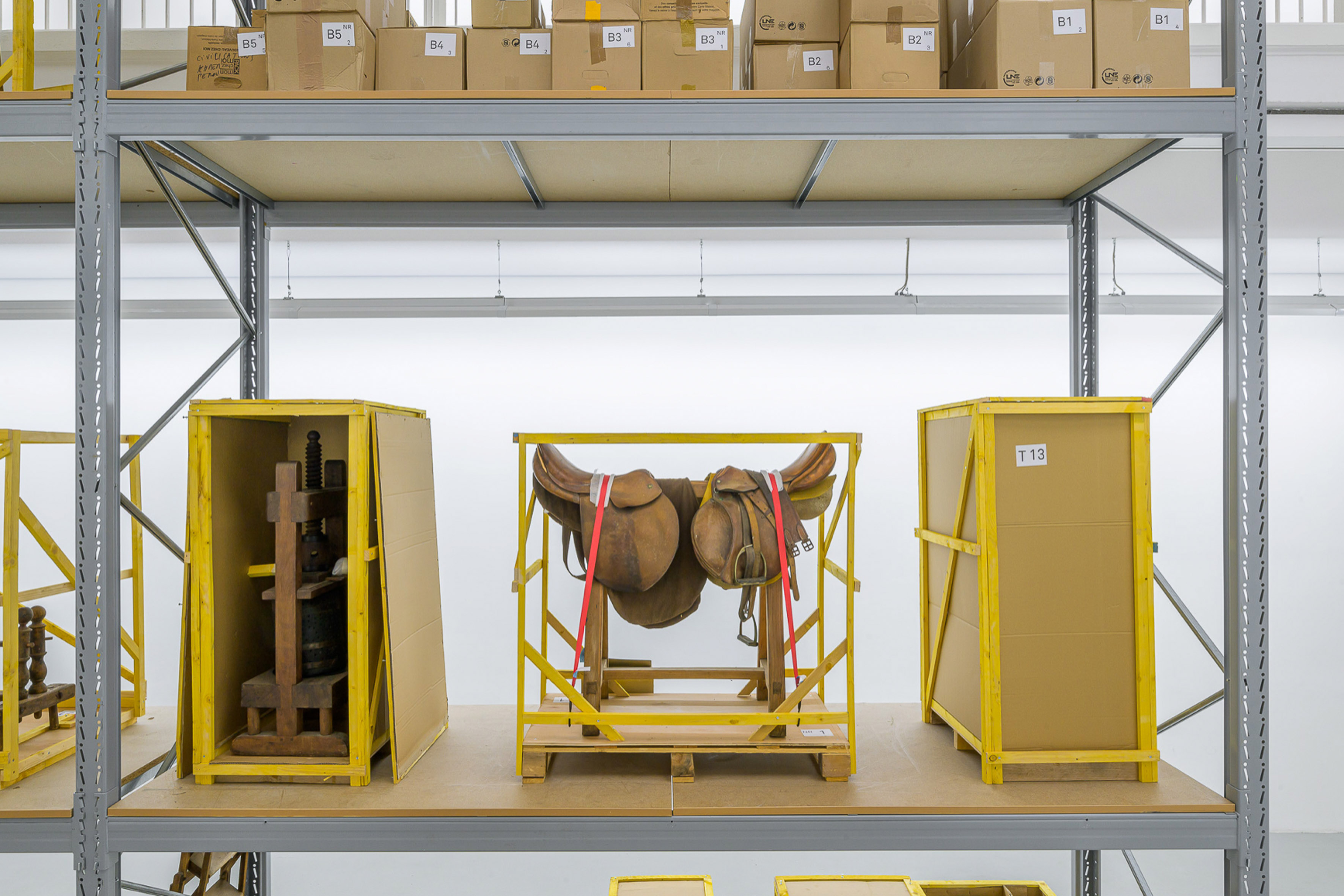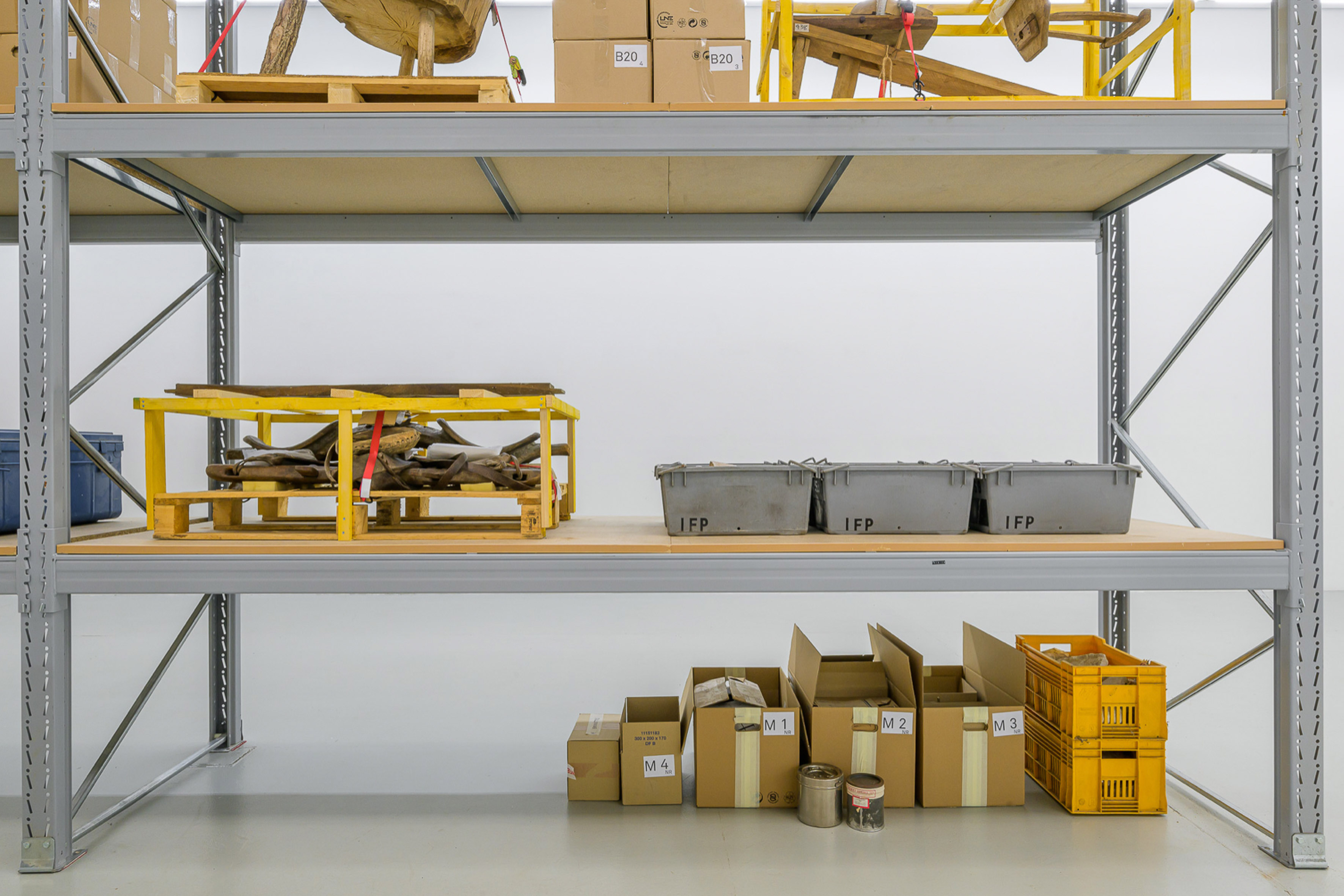YYYYMMDD >>> BACK HOME <<< >>> SELECTED FEATURES <<< >>> HIDDEN ARCHIVE <<<
[20220712]
OWLS AND PROMISES by ALEX AYED at KUNSTVEREIN FREIBURG curated by THERESA RÖSSLER [from 20220611 to 20220724]
[Photos: Marc Doradzillo]

















![[01] Louis Jean, Untitled, 1953](https://freight.cargo.site/t/original/i/fedb74f39a3f904584c5d3eadd3d64a1aa196c27766a9b2b0ac80296aea7de90/Screenshot-2022-07-12-at-10.26.17.jpg)

Without being bound to the fulfillment of promises, we would never be able to keep our identities; we would be condemned to wander helplessly and without direction in the darkness of each man’s lonely heart, caught in its contradictions and equivocalities—a darkness which only the light shed over the public realm through the presence of others, who confirm the identity between the one who promises and the one who fulfills, can dispel. (1)
The concept of a promise refers to the contents of the commitment but also to the act itself, i.e the necessary actions in order to keep the promise. But what does it mean to commit oneself to something in the future, to something unforeseeable? How does a promise relate to obligation and responsibility? And what if a promise manifests itself temporarily within an exhibition or a practice?
With the show Owls and Promises Alex Ayed embraces the idea of keeping a promise. Interestingly, the act of promising and that of collecting occupy overlapping spaces, since the latter is per se a conservation practice,
it is, “a veto against the gnawing tooth of time and the natural force of forgetting.” (2) Much like a promise, collecting can also be located as an identity-forming force, as an “island of certainty” (3) in a sea of fundamental uncertainty and unreliability. In Ayed’s case, keeping a promise also means the continued existence of a left behind collection. However, what Ayed presents at Kunstverein Freiburg is merely one intermediate state, one of many possible states, providing a glimpse into the processes of preserving and archiving the collection and only so much as hinting at how much potential, knowledge and memory lie dormant here.
At Kunstverein Freiburg two heavy duty shelves house books, fossils, shells, stones, cases, caskets, medical instruments, agricultural equipment, ceramics, blacksmith’s tools – to name but one selection of collections within the collection itself and at that failing on all counts to do justice to the multitude and number of objects discoverable within it. They were meticulously stashed away over decades by Ayed’s grandfather and have been transferred from Burgundy, France, to Freiburg. Each working process that accompanied this transfer, such as sorting, unpacking, inspecting, cleaning, photographing and cataloguing, comprises those actions in which the attempt to keep a promise occurs repeatedly.
The irrepressible curiosity and passion for collecting possessed by Ayed’s grandfather can not only be understood preliminarily through the abundance and variety of the objects but also through traces that came and still come to light during the archiving process, e.g. through so-called ephemera. Those printed matters characterised by their short lifespan, like the letters, newspaper articles, notes, postcards or receipts that could be found amongst the boxes not only tell of the grand- father’s fascination but connect the several collections and groups of objects with each other. “Every passion borders on the chaotic, but the collector’s passion borders on the chaos of memories.” (4) Thus, an overwhelming and elusive collection unfolds as a memory space. Like a net that spans the exhibition space, the objects intertwine
not only the memories, interests, relationships, travels and knowledge of the artist’s grandfather but also visitors’ own inner worlds of thought and association.
The collections do not bare witness to only one history nor do they visualise just one biography but accumulate an extraordinary multitude of temporalities and territories in the Kunstverein, referring to knowledge practices, cultural techniques and crafts, conflating individual fates and societal developments. The artefacts testify especially to cultural techniques and practices now largely unknown to us, insofar as they were and are relevant for the generation, storage and transmission of knowledge.
Now, a medieval bellows (French: soufflet) used to stoke the embers during forging; the Encyclopédie published by Diderot and d‘Alembert in 1751; a drip-glazed stoneware jug, (5) and a flail (French: fléau) used to thresh the wheat from the chaff are certainly not paleontological or archaeological finds. Nevertheless, every single objec is a trace or an impression of past labour, a ritual, an experience. They elucidate pre-industrial living and working environments that were characterised by a low division of labour and subsistence agriculture, bound together with local resources and produce, the regulatory system of guilds and chambers, and family-run workshops.
Each of these devices can be traced back to real coordinates; locations and biographies, but in many ways their former functionalities remain a mystery. Everything that is commonly subsumed under the term ‘modernisation’, from the mid-19th century onwards, fundamentally altered spacial, temporal and especially social regimes, so much so that just short of approximately 300 years later, some tools are no longer identifiable. It is hoped that much of what remained cryptic and unassignable at the time of the exhibition opening can be named and deciphered during the course of the exhibition, even if only fragmentarily.
In addition to the actual knowledge of and about the objects, Ayed is also concerned with their imaginative and narrative potential, i.e. everything that they are able to conjure in terms of inner images, ideas, associations and memories. This “thinking in pictures“ leads us to the distinction between primary and secondary process thinking, primary being inherently associative, chaotic, anachronistic and intuitively visual, whilst secondary
is characterised by rationality, conceptual attributions and chronological sequences. Based on this, Jean-Paul Satre states “[i]magination is not an empirical or superadded power of consciousness, it is the whole of consciousness as it realizes its freedom; every concrete and real situation of consciousness in the world is big with imagination in as much as it always presents itself as a withdrawing from the real.” (6)
The resulting interdependence becomes decisive for viewing the collection stored at the Kunstverein; that moment of iridescence between the state of knowning and not knowing, between the real and the imagined and between presence and absence, which is all underlined by the way in which the shelves lie partially open, partially closed, as well as by the positioning of the boxes. An it is precisely these modes of estimation, guessing, puzzling and getting lost in thought which are rooted in our own experiences, memories and imagination, which this collection is able to activate, allowing us to embark on all kinds of journeys.
A state of momentariness is inherent to both collection and order that has us “oscillat[ing] between the illusion of the finished and the vertigo of the unattainable”. (7) Different arrangements or groupings, as well as the visible ways in which things are set aside, unpacked, unhinged, leaning, stacked, convey a sense of the immediate moment and hint that much more can and must be possible.
1 Arendt, H. (1956[1958]). The Human Condition. Chicago: University of Chicago Press, 237.
2 Assmann, A. (2008). Collecting, Collections, Collectors, in: On Interchange. Zwischenspiele einer Sammlung, ed. by Museum Kurhaus Kleve, Cologne, 93–96, here 92.
3 Arendt, The Human Condition, 220.
4 Benjamin, W. ([1931]). Unpacking My Library. A Talk About Book Collecting, in: Illuminations: Essays & Reflections – Walter Benjamin, ed. by. Hannah Arendt, trans. by H. Zohn. New York: Schocken Books, 59–67, here 60.
5 Stoneware’ refers to one of the main ceramic types (stoneware, earthenware, porcelain), which differ in terms of their firing temperatures and the clay used.
6 Sartre, J.-P. (1966[1940]). The Psychology of Imagination. Translated by B. Frechtman. New York: Washington Square Press, 243.
7 Perec, G. (1999[1978]). Brief Notes on the Art and Manner of Arranging One’s Books, in: Species of Spaces and Other Pieces. London: Penguin, 148–155, here 155.
[Text: Theresa Rössler]
©YYYYMMDD All content and design by Daniela Grabosch + Ricardo Almeida Roque unless otherwise stated. Images, Videos and Texts can only be used under permission of the author(s).
